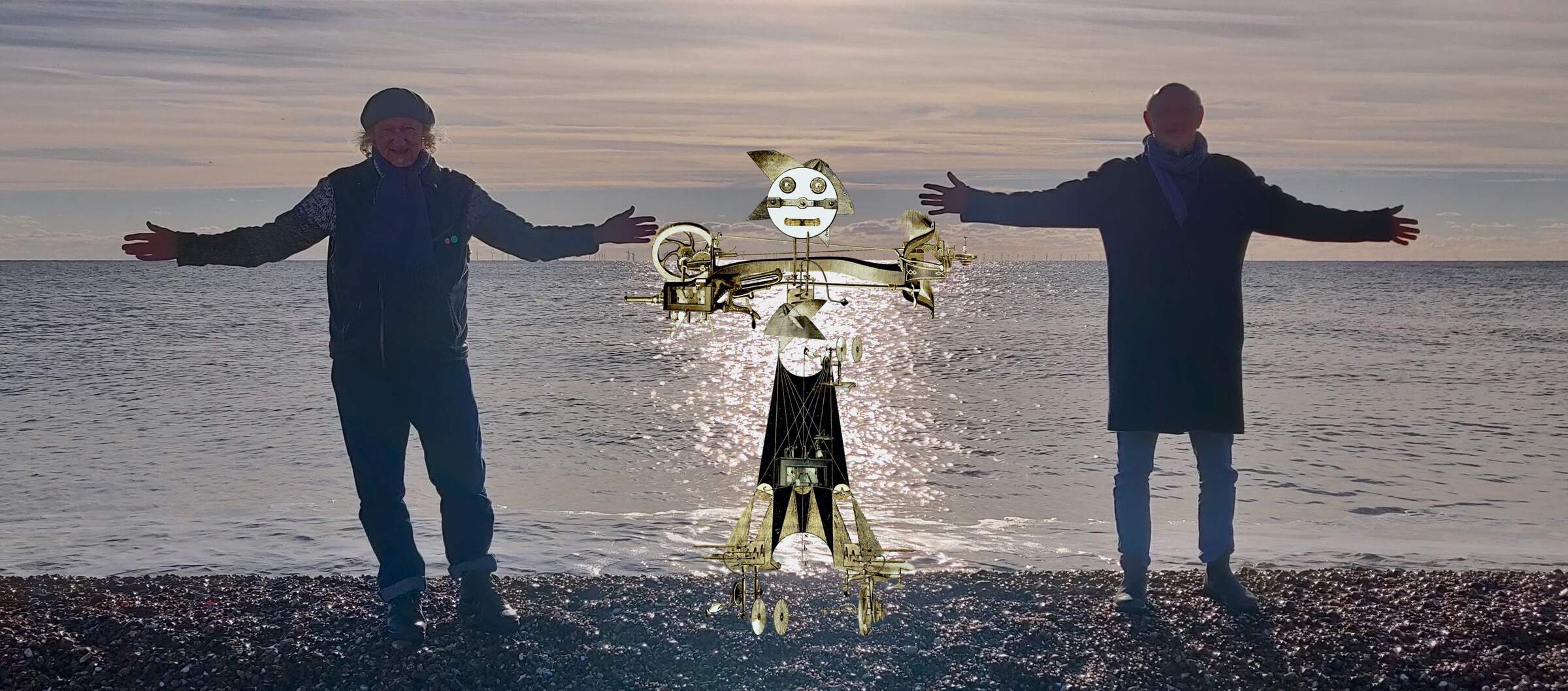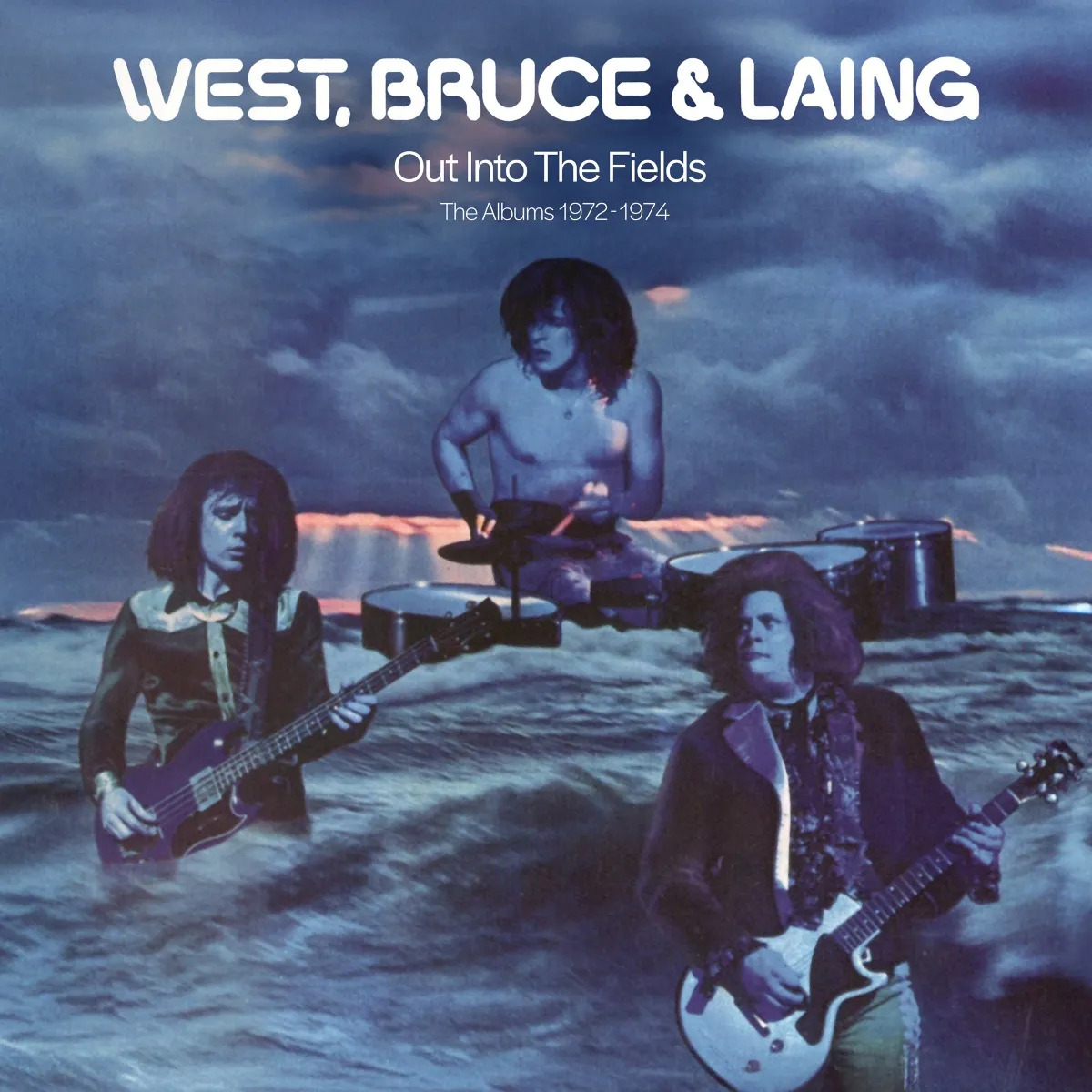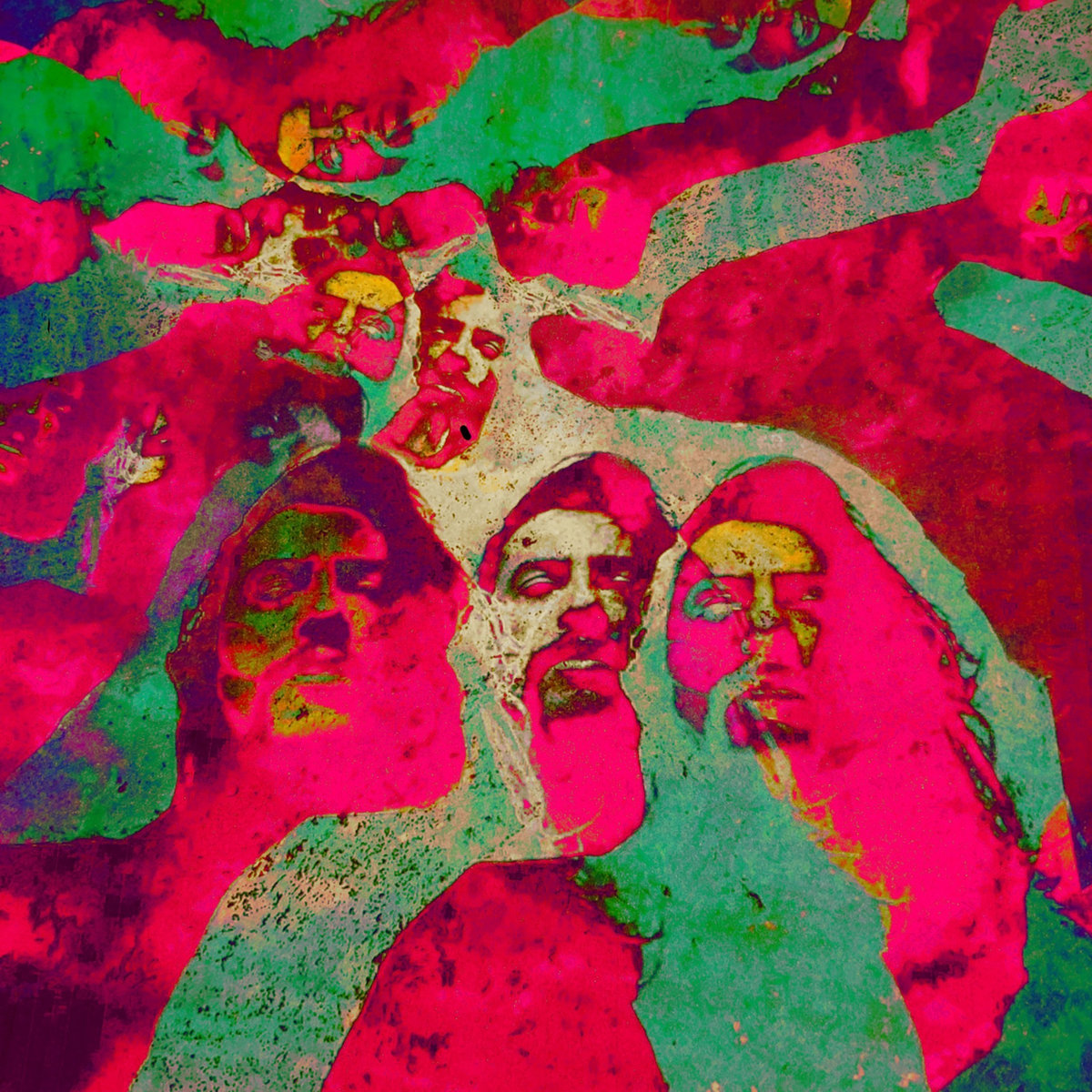Woo | Interview | ‘Robot X’ & ‘Xylophonics’
Woo returns to Independent Project Records with reissues of ‘Robot X’ and ‘Xylophonics’.
The two albums, ‘Robot X’ (2016) and ‘Xylophonics’ (2017), are combined into a two-for-one package, available on both double CD and vinyl, with updated artwork. This reissue offers fans a chance to revisit these distinctive albums in a new format. IPR has a long history with Woo, dating back to the late 1980s when they first released the band’s early work. Now, almost 40 years later, the collaboration continues to thrive as IPR relaunches and Woo maintains their innovative spirit. The creative energy between brothers Mark and Clive Ives and IPR founder Bruce Licher has been rekindled to bring these albums back to life.
Clive Ives expressed his enthusiasm for the new project, highlighting the unique design aesthetic of IPR’s Bruce Licher, who crafted stunning letterpress artwork for the reissue. Licher, equally excited, reflected on Woo’s unique sound, noting there’s nothing quite like the music they create.
“Our approach has always been to improvise”
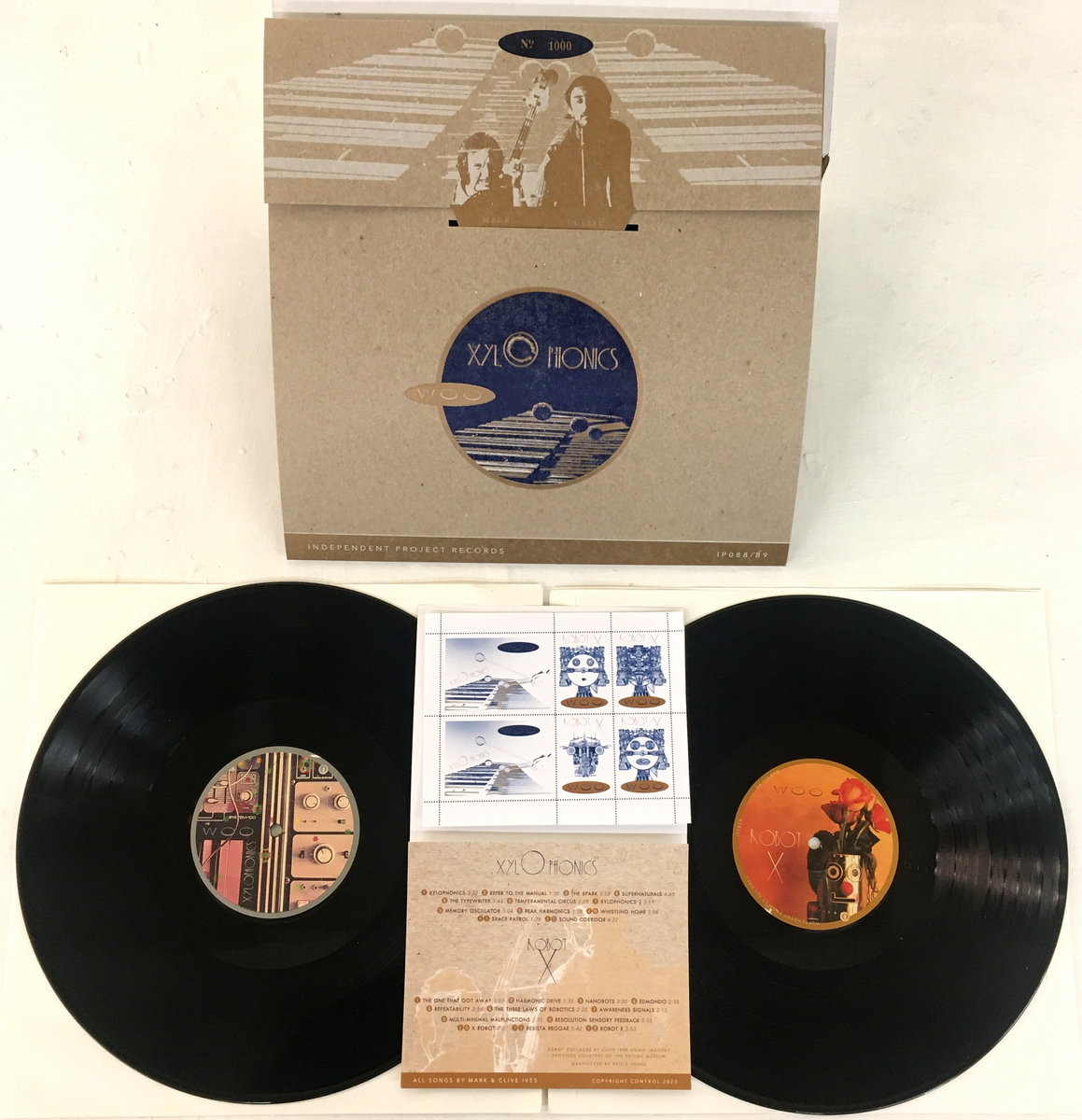
Are you excited about the upcoming Independent Project Records release of your music?
Clive Ives: This project has been an amazing collaboration from start to finish. From the outset, we were in close communication with Bruce Licher from IPR, selecting several additional tracks to extend our original 2016 (‘Robot X’) and 2017 (‘Xylophonics’) Bandcamp albums to an LP format. I also had a great collaboration with mastering engineer Josh Bonati, who gave the albums a cohesive sound that was much better than our original lo-fi home recordings.
When it came to the artwork, I made a collage of a robot out of 18th-century industrial etchings from the British Museum’s public domain library, which worked well with IPR’s letterpress printing process. Bruce then took these designs and created covers, labels, a booklet, a poster, and even stamps. He also included our previous artwork from the 2016/2017 albums on the LP labels, which you can purchase in either black vinyl or absolutely gorgeous clear vinyl.
I find the final package aesthetically pleasing and evocative of the music within. It’s always exciting to finish a project, and this collaboration has made our original albums much more complete and accessible. IPR has a whole design and marketing team that promotes its catalog of artists to a wider audience, and I feel honored to have been part of this process.
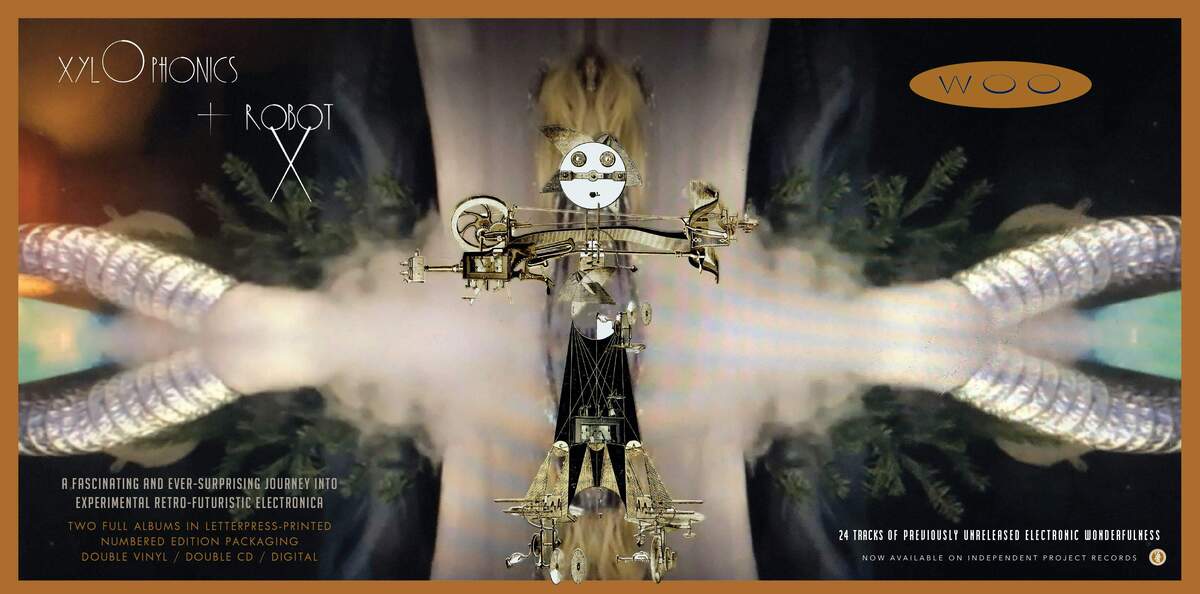
In our previous conversation, you discussed the significance of improvisation in your music-making process. How did improvisation manifest in the creation of ‘Xylophonics’ and ‘Robot X’?
Apart from the one year that Mark spent playing in the Royal Air Force band during his military training, neither of us has had any classical education in music. Our approach has always been to improvise, and Mark liked to record whatever we did, which has led to our large archive of tracks.
For the ‘Xylophonics’ album, we looped short keyboard riffs with varying quantization settings over each other to create rhythmic complexity. It’s a form of improvisation, intrinsically combined with technology. You listen to the previous loop and respond in real-time—it’s spontaneous and maintains the human touch more than step-time recording or programming sequences.
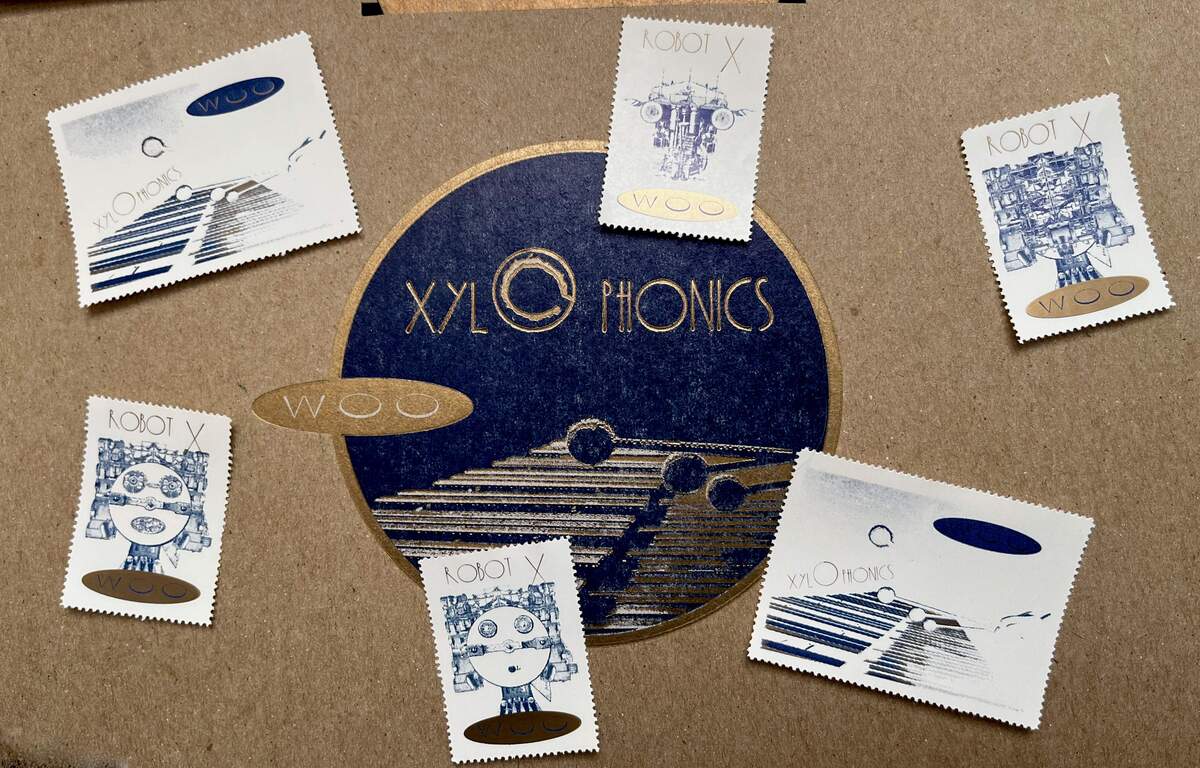
The fusion of acoustic and electronic elements is a hallmark of your sound. Can you delve into your approach to blending these contrasting textures and instruments?
In our previous interview with It’s Psychedelic Baby, we talked about how we created a fusion between acoustic instruments and electronics in the ’70s and ’80s. Nowadays, our equipment offers new ways to create this fusion. I am working in Cubase, which makes it simple to take an audio file, for example, a guitar solo, and convert it into MIDI information. This opens vast possibilities. At the flick of a switch, Mark’s guitar solo can then trigger a sampler and become any of the 15,000 sounds in Native Instruments! This normally works best when you have a specific idea in mind. A clarinet becomes a sax section or strings, a guitar turns into an upright bass or a sitar. We have used this technique on our ‘Revisited’ album to create richer harmonic arrangements. What I particularly like about this is that it maintains the spontaneity of the improvised solo while allowing endless possibilities with the arrangements.
Could you delve into the specific inspirations behind the albums ‘Robot X’ and ‘Xylophonics’? How did the idea of humanoid robots and retro-futurism influence the creation of ‘Robot X’?
The tracks on ‘Robot X’ were recorded in the ’80s. In 2016, Mark and I selected them from our archives and created a track order for the album. The atmosphere of the music was surreal, dark, and abstract. Once the track order was in place, we overlaid a myriad of mechanical noises to further enhance the robotic theme. Mark and I grew up watching many sci-fi films that explore emerging technologies. In 2016, the internet was full of stories about the possibility of humanoid robots being developed. By 2024, the internet is full of stories about the very imminent reality of these robots being mass-produced.
Mark came up with the title ‘Robot X,’ a play on the word “robotics”. Our original cover was a photo of a plastic vase in the shape of a robot with a funny face and red roses coming out of its head.
In the promo video, ‘The One That Got Away,’ there is a billboard ad for ‘Robot X’ with the strapline “YOUR FUNCTIONAL FRIEND.” Much contemporary advertising for robotics is attempting to make them seem functional and appealing to humans, but I’m not alone in my concerns about how our relationship with robots will evolve.
Because our recordings are so lo-fi, and these recordings are filled with complex overlays of both electronic and acoustic instruments, the resulting impression is not one of a super-clean futuristic utopia, but more of an unpredictable and illogical dystopia.
‘Xylophonics,’ on the other hand, is a more optimistic celebration of our technological future. The tracks were recorded in the ’90s, when we were recording with a computer for the first time. We were excited about the new possibilities the computer offered. Even on a very basic level, being able to synchronize drum machines, add melodic loops, and overlay acoustic instruments was a breakthrough. Pop music of the ’90s featured many synth-based artists creating really upbeat, big productions. We wanted to emulate artists like Thomas Dolby and Howard Jones, and classic pop anthems like Patti LaBelle’s ‘Oh People’ and Donna Summer’s ‘State of Independence.’ These recordings stayed in our computer until 2017, when Mark and I put the track order together. The album title made a clear reference to the instrumentation and had an optimistic futuristic vibe. Last year, when Bruce proposed the release on vinyl, we added a couple of tracks and changed the track order.
You mentioned Terry Gilliam’s Brazil as an influence for ‘Robot X.’ How did this film impact the thematic and sonic direction of the album?
Brazil was a film that left a lasting impression on both Mark and me. This dark dystopian comedy, set in the near future yet appearing to be from the 1930s, incorporated many contemporary issues about bureaucracy and technology. Looking back, I think this film was a great inspiration for much of the music we recorded in the ’80s. The film jumps between the story and fantasy scenes, often making the audience question what is really happening. Jonathan Pryce plays the innocent hero, Sam Lowery, who gets entangled in confusing bureaucracy and dysfunctional technology. The plot is complex, and the editing of the film is intentionally radical and changeable.
With this album, we wanted to create a listening experience like being lost in a maze, using a combination of thick overlays and an unstructured, collaged order. We had lots of short snippets of audio, so we edited them together to create an unpredictable track order. Even after many listens, I find it hard to predict what’s coming next. Other than one vocal track, the album’s varied instrumentals collectively create a surreal atmosphere, which is open to individual interpretation.
How has your approach to creating music evolved from your earlier albums to your more recent work?
In many ways, we are more skilled at everything involved in recording, and our equipment has improved. But I don’t really notice a huge change in our approach to creating music.
How do you typically start a track, and how does it evolve from inception to completion?
There’s no simple answer to that question, but there are two fundamental starting points—Mark or me!
If it’s Mark, then before we get into the studio, he has spent a lot of time writing a composition. The start of the recording would most commonly involve getting the guitar chords recorded. In the early days, I would often synthesize and sequence his playing in real-time onto a 4-track tape recorder. We still use this method, but more recently, I tend to convert his playing to MIDI information and convert his guitar notes to trigger samplers, which combines the human touch with technology in a really cool way.
If I begin a track, I’ll start with the piano, record it to MIDI, then just stay open to all the power of Cubase and see where it wants to go! What I have always loved about technology is how it often does the unexpected. In our early years, we would get together several times a week to record. These days, Mark comes to my place, and I give him my recordings, which he works on alone in his own time, then brings them back, and we mix them together. I do the same for him if he wants me to overdub his compositions. We are in a wonderfully prolific era. Having worked together our whole lives, we have developed such a good understanding of each other’s ideas and aims that creative decisions get resolved really quickly. When it comes to the final mix, we still both have quite diverse approaches, but somehow we find a middle ground we both can accept.
Could you elaborate on some of the influences and how they manifest in the albums?
I am listening through the albums and making notes of the influences I hear in each track. With many of these names, it’s not an obvious soundalike influence, but rather a subliminal undercurrent that I detect.
‘Robot X’
‘The One That Got Away’ – This Heat.
‘Harmonic Drive’ – The raw guitar makes me think of Frank Zappa.
‘Nanobots’ –
Section 1: Big bands from the ’60s and ’70s.
Section 2: American Minimalism.
Section 3: Star Wars’ R2-D2, with a clarinet section that reminds me of film noir music from the ’50s, set in Casablanca.
‘Edmondo’ – This is our tribute to Edmundo Ros, who did an iconic version of ‘Brazil’ (the title track from Terry Gilliam’s movie).
‘Repeatability’ – The cross-rhythms and loose repetitive grooves are inspired by the Eno and David Byrne album ‘My Life in the Bush of Ghosts.’
‘The Three Laws of Robotics’ – Van der Graaf Generator.
‘Awareness Signals’ – John Martyn’s guitar echoes.
‘Multi-minimal Malfunctions’ – Steve Reich.
‘Resolution Sensory Feedback’ – Tonto’s Expanding Head Band.
‘X Robot’ – Kurt Weill.
‘Resista Reggae’ –
Section 1: Philip Glass.
Section 2: Can.
Section 3: Chris & Cosey.
‘Robot X’ – Kraftwerk, Eyeless in Gaza.
‘Xylophonics’
‘Xylophonics’ – Lionel Hampton, Mike Oldfield’s ‘Tubular Bells,’ Balinese gamelan music.
‘Refer to the Manual’ – Frank Zappa.
‘The Spark’ – Terry Riley.
‘Super Naturals’ – Thomas Dolby.
‘The Typewriter’ – 1950s film noir music.
‘Temperamental Circus’ – Fairground and circus music.
‘Xylophonics 2’ – Jean Michel Jarre, Tonto’s Expanding Head Band.
‘Memory Oscillator’ – Patti LaBelle’s ‘Oh People,’ Anton Karas’s zither music.
‘Peak Harmonics’ – The Passage.
‘Whistling Home’ – Robert Rich.
‘Space Patrol’ – Space Patrol UK TV series theme music from 1963–64.
‘Sound Corridor’ – Todd Rundgren.
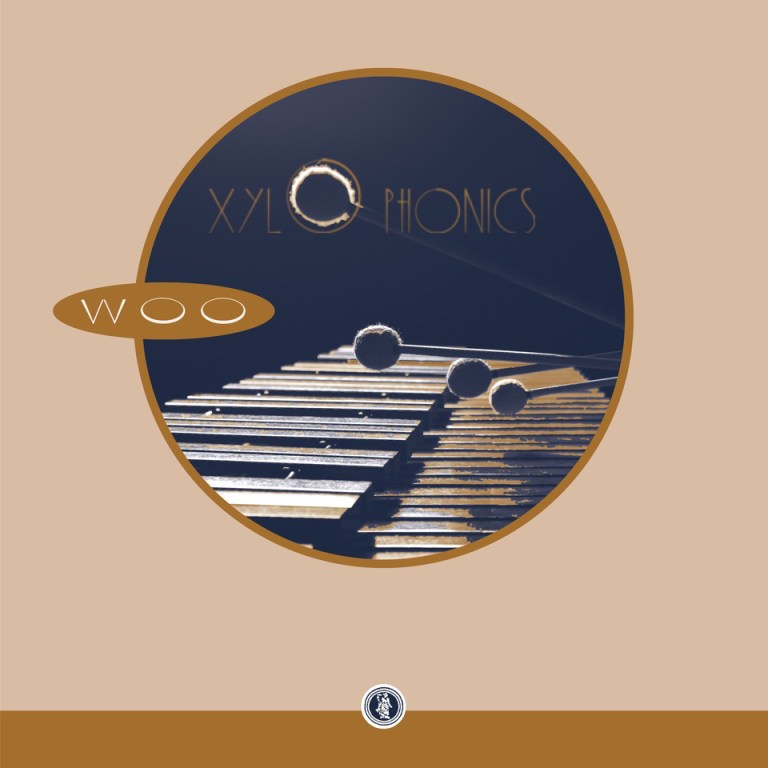
“Xylophonics was an attempt to capture this optimism about everything modern”
Both ‘Robot X’ and ‘Xylophonics’ seem to evoke strong atmospheres and potentially narratives. Could you discuss any intentional themes that run through these albums?
Luigi Russolo was an Italian Futurist painter and composer. In 1913, he wrote the Futurist manifesto, “The Art of Noises,” and performed “noise concerts” in Paris using machines that he had created called Intonarumori. The Futurist art movement was a rejection of the past and a celebration of speed, machinery, and industry. ‘Xylophonics’ was an attempt to capture this optimism about everything modern. In Luigi’s day, it was industrialization that was transforming the world. In 2024, it’s AI and robotics. These developments are unstoppable and entirely unpredictable. We are living through an exponential curve of change, and already humans are feeling the consequences in their everyday lives. It is predicted that the next five years of technological advancement will be equivalent to the past one hundred years!
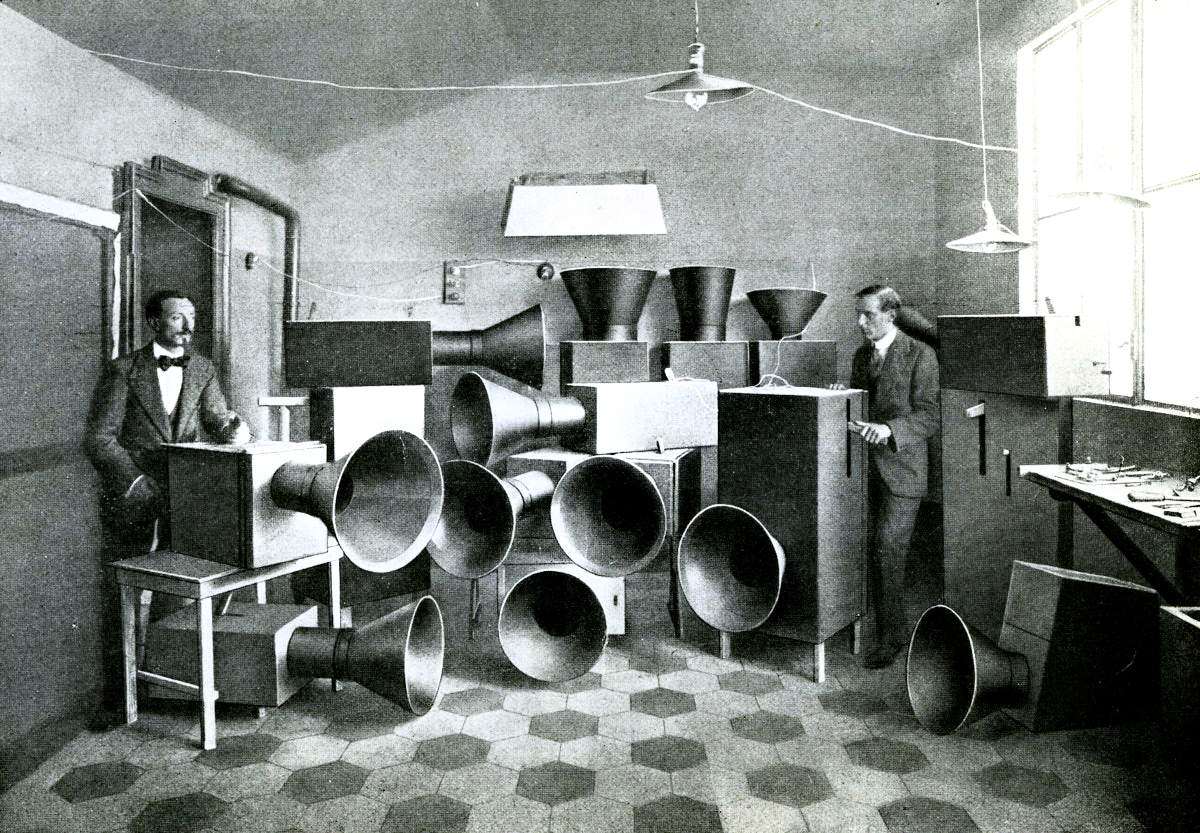
‘Robot X’ explores the less appealing consequences of mechanization. The music has a more claustrophobic atmosphere, which explores our fears of the unknown and the fear of the unpredictable.
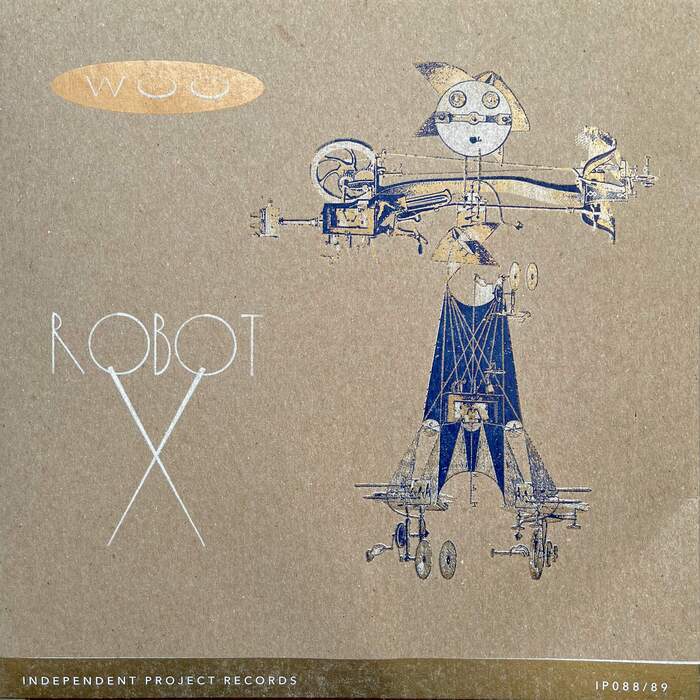
Do you collaborate and complement each other’s strengths and ideas in the creation of your music?
One of Mark’s greatest strengths is his ability to improvise. His improvisations have a melodic quality. Because my way of composing is more computer-based, the spontaneity and unpredictability of his guitar, clarinet, and bass overdubs enhance my initial composition. Throughout his life, Mark has improvised with many musicians at festivals and gigs, and he has the ability to really feel the music as well as a good understanding of musical structure and composition. He can spend months writing and rewriting songs until he is totally satisfied with the shape of the composition. Most of our most successful recordings are based on Mark’s chords. He also has strong ideas about the arrangements.
What I bring to our partnership is production and sound design. I enjoy the electronics and the technology, and after all these years of working with sound, I have the technical skills to listen to our old, very lo-fi recordings and clean up these tracks for much better audio quality. Recently, I’ve been playing the piano regularly and enjoying how I discover new and unexpected chord sequences.
We both like to think we know best, so it’s an ongoing process to stay open to each other’s ideas. After forty years of working together, we are definitely getting better, and although sometimes our approach is quite different, we are finding collaborative solutions more easily.
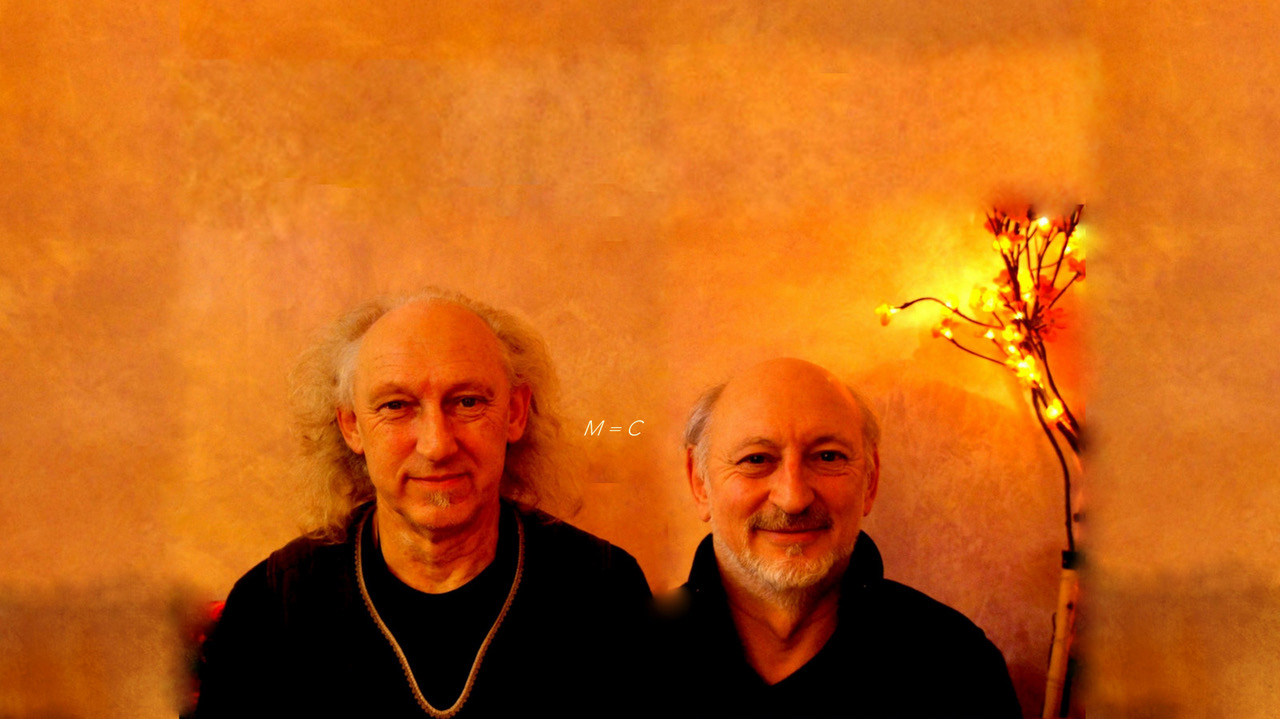
Can we expect more explorations into retro-futurism or other thematic directions in your future projects, or do you plan to explore entirely new territories?
Currently, we don’t have a concrete plan for a specific project.
About a year ago, I had several weeks of complete insomnia. By the second week, I began to hallucinate—paintings became animated, and things that weren’t there began to appear. By the third week, along with the visual hallucinations, I experienced what is called auditory hallucinations, and they were playing non-stop. It was quiet, gentle angelic chanting, like hearing voices in my head, but unlike anything I had experienced before. For a week, I had a continuous, ever-evolving harmonious musical soundtrack playing in the background of my consciousness. It felt like I had a heavenly streaming service playing ‘The Greatest Ambient Anthems 2023’. It was continuous (like tinnitus) but melodic and hypnotic.
After about a week, the experience became much more intense. One night, while a storm was going on outside, the sound of the wind in the trees and the rain on the window, combined with the rumbling, mechanical noises made by our old fridge, created the most incredible jazzy freeform orchestral music. It had melody, rhythm, and structure. This wasn’t ambient—it was a dramatic 100-piece orchestra on acid! The sounds from the storm and the fridge became one, and I felt like I was hearing Pythagoras’ ‘Music of the Spheres’. I tried recording it with my phone, but it just wasn’t the same. After a few more days, I managed to start sleeping again, and, to my great relief, this constant background of music began to fade.
However, this experience did sow the seeds of a creative idea:
To record ambient sounds, like a noisy fridge, with all its subtle hums and rumbles, rhythmic patterns, pitch shifts, etc., and play this through a vocoder. Then, I could also input an audio track of music into the vocoder and let the subtle, unpredictable nuances of the fridge noises combine with the original audio track. I have a working title—‘The Invisible Shadow’. Let’s see if it will turn into an actual album.
Klemen Breznikar
Headline photo: Mark, Clive + Robot X
Woo Facebook / Instagram / Bandcamp
Independent Project Records Official Website / Facebook / Instagram / Twitter / Bandcamp / YouTube
Woo | Interview | “Our approach has always been quite random”

